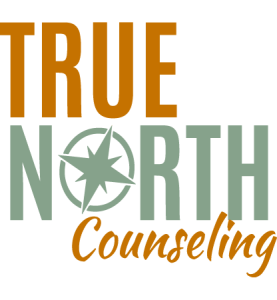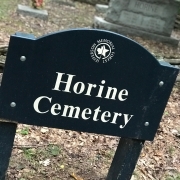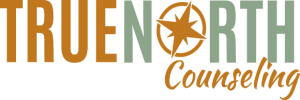Friday Waypoints – 10/19/18
What I’ve been Watching on TV-
I spent the week re-watching: Ken Burns: The National Parks: America’s Best Idea. This is such an inspiring documentary. It’s inspiring, not because of the beautiful scenery, but because of the brave and visionary people that made this park system possible.
There is an overlook at the Grand Canyon called Mather Point. It memorializes the first Director of the National Park Service, Stephen Mather. After his death in 1929, a bronze plaque was erected in every National Park that reads:
“He laid the foundation of the National Park Service, defining and establishing the policies under which its areas shall be developed and conserved unimpaired for future generations. There will never come an end to the good that he has done.”
Lessons from My Clients-
I work with several kiddos that are being raised by their grandparents. These caregivers are in the trenches working with damaged children and it takes its toll on them. I think what they need from me, from us, it to be encouraged and told that they are making a difference. Sometimes a few words of encouragement are more effective than all the interventions that we can provide. This is a lesson I hope to apply in weeks and years to come.
Books I’m Reading-
“When We Go Camping” by Margriet Ruurs, Illustrated by Andrew Kiss
“Grand Canyon” by Jason Chin
Ruurs closes her book with a campfire invitation:
“It’s campfire time. When stars wink from up high and
Sparks fly into the night sky, orange flames dance away the darkness.
We snuggle closer and tell wonderful, scary tales.”





